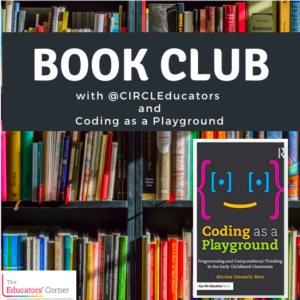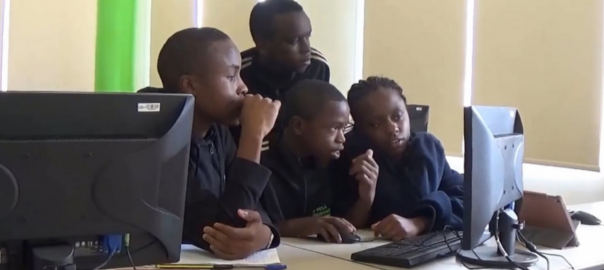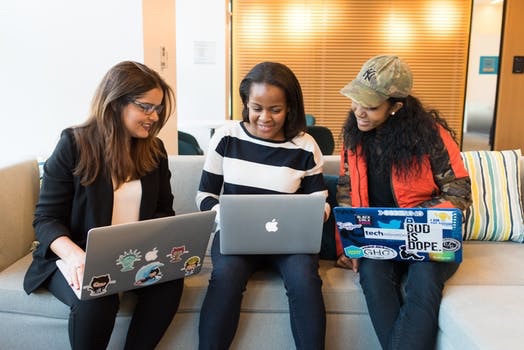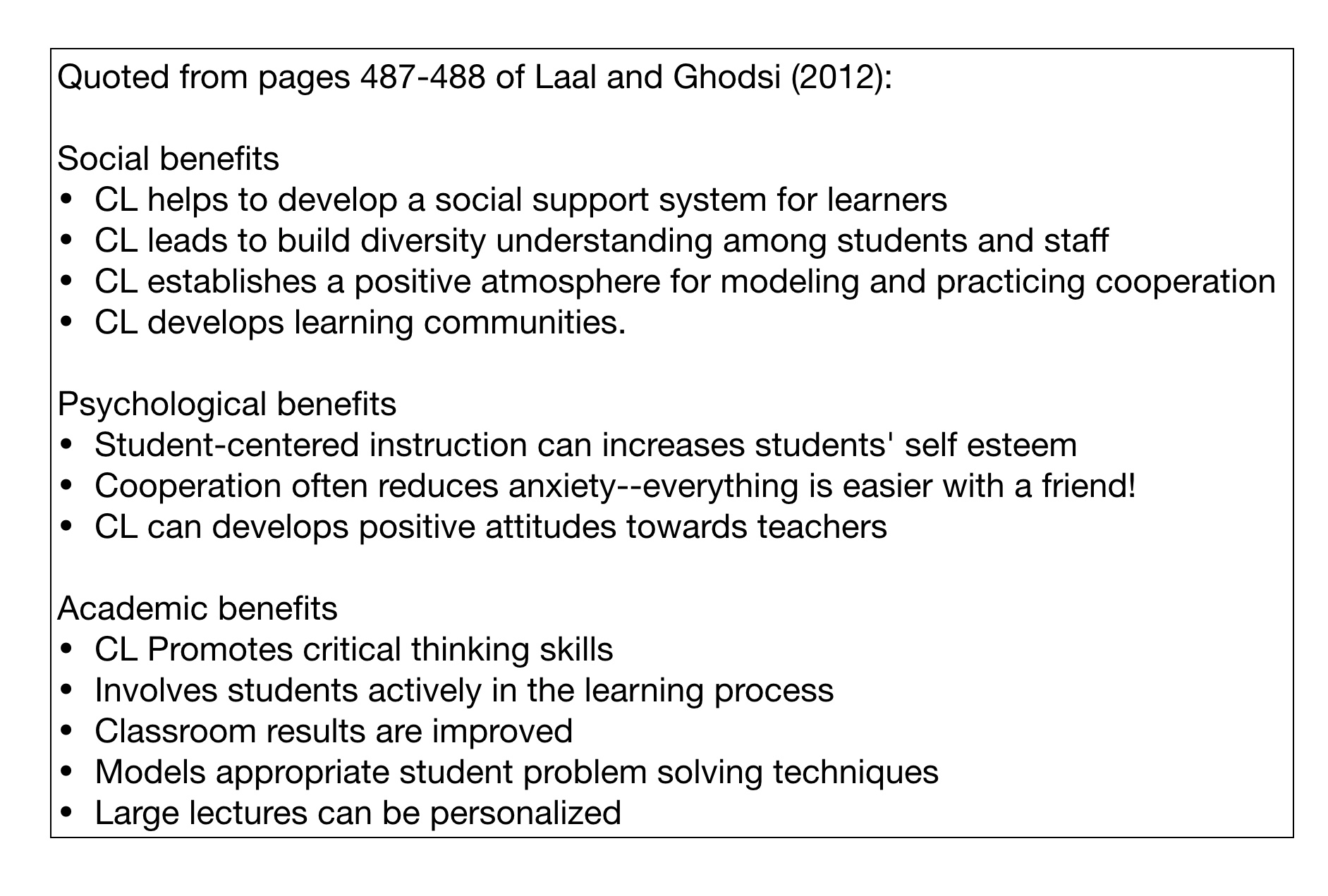By Judi Fusco and Angie Kalthoff
In our book club, a question came up that is important. Where’s the epistemology in constructionism? Constructing something doesn’t seem like epistemology. Is it? If you’re not in the book club, that’s okay, keep reading as we’re talking about the question that was asked and not the book.
First, great question — we should really think about it! Before we answer that question, let’s make sure we’re all in agreement of what epistemology is. It’s a tough word. There are many papers that spend a long time struggling with how to define it. Since this is a blog and not a class discussion where we can write on a whiteboard (physical or virtual) and really go back and forth, here’s a simple definition with elements that we think are good for starting this discussion. (Feel free to let us know if you think something should be added to it.)
Epistemology: the theory of knowledge, including how it is obtained, how it develops and changes, what it is, and how the knowledge is verified or justified
Whew, that’s a lot. It’s all about knowledge. What do you think?
The original question was about how does epistemology relate to constructionism? As constructionism starts with creating or building something, where’s the epistemology? In a creative act of building or making something, a person has to get the knowledge that is in their head into an artifact. Because of this, the creation of an artifact is an epistemological act. The creator demonstrates their understanding (knowledge) in the artifact. They also may be verifying it or justifying their knowledge. (Again, feel free to disagree or think with us here.)
For example, when making a Scratch Program, the creator may work for a long time on making sure that the size of a character (sprite) is correct, or that two characters have a certain size relationship between them, or that the program moves the character to the right place on the screen. The creator may plan before they create their artifact or act as a bricoleur.
bricoleur — a person figuring it out as they are doing it with “whatever” materials are there
Both approaches, planning and bricolage, are ways to create. Students approach Scratch programs in both of these ways. In both approaches, the creator may try and fail multiple times. There’s a lot to be learned when you try and fail. When you fail, but you want to succeed, you try something different. If you really like something you’ll keep trying and building up more knowledge about what works and what doesn’t. (Constructionism talks about the work being personally relevant, if it’s personally relevant, you probably like what you are doing and are invested in the act of improving it.) The process of trying and failing as you create is an epistemological act. If you try multiple times it continues to be an epistemological act. (We’ll discuss failing in a future post as it’s also a huge important topic!)
As your students begin to work through issues, think about how you can be supportive in this process of trying and failing. How can you create a culture that values failure in your classroom? When working with students who have questions about “the right answer,” one way is to help them to think in another way about the issue. At first, this is met with frustration from students. All they want to know, in that moment, is if their work is “right.”
Learning to work in this new way can be very challenging for both students and teachers. It’s hard not to give the “right answer.” If something is open-ended and doesn’t have one answer, for example when designing things, it can be easier to work in this new way because you can think through trade-offs with students. But it can still be hard not to point students in one direction when they are asking. It can also be hard to let students “fail.” Going back to the relationship with epistemology, students and teachers have a lot of experience in instructionist-style classrooms where teachers give the answer; moving to a constructionist style classroom takes time and practice. One of the things you have to learn to do is to hold back on giving the right answer. It can feel like you’re not doing your job, but you absolutely are. You will still guide, you will ask questions, but you won’t just tell them the answer.
After Creating the Artifact
After we have the object, another part of the process of constructionism occurs. People interact around the object. Last week, Judi wrote: A lot of people talk about constructionism as learning by doing, and it absolutely is, but while we create, we should also discuss, iterate, and learn (create new knowledge structures, or modify old ones in our heads). Setting up conditions so students can “make sense” and learn is so very important in constructionism.
To me (Judi), this part of constructionism is equally important as the creation part. It’s also an epistemological act. If you create, you will absolutely learn, but if you take time to hear what another person thinks about the object, what they think you got right and what you need to work on, that’s really magical. It can be really hard to get the conditions right where people will work together and give real, honest, informative feedback on something. This part of the process really requires that people trust each other, get into a shared intellectual space, and then think together.
How do we put constructionism into practice?
Reading more about constructionism gives me ideas about how to get this to happen in a classroom. Of course, there’s not just one thing I can point to say “this” is how you do it. It takes time to develop this in your classroom. The first time you try, it might not be so good. I always encourage people to start small, but with something meaningful and to keep reflecting on what is working or not. Don’t try and change your practice overnight. One important thing to remember as you try promote constructionist interactions and use this powerful learning method in your classroom, you need to trust your students and they need to trust you and their classmates. Constructionism came out of constructructivism; remember we are trying to get learners to construct their knowledge and understanding in the head and in the real world. Knowledge is complex, is constructed by the learner, and learning happens gradually. (One more thought about shared intellectual space, take a look at another recent blog post for more information about what that means; a shared mental space is so important in learning.)
More on Epistemology
Angie adds: I remember reading Mindstorms by Seymour Papert and first coming across the word epistemology. I was making notes and highlights and then I encountered the word epistemology. I dug deeper into this word and went online to see what else I could find. I hadn’t yet heard of this word and was trying to find meaning in the work I was doing as a Technology Integrationist. This was it! This was what I was trying to capture. Yes, I could see how technology, when used as a learning and creation tool, can really transform learning for students. But I was seeking the why. I knew there was more going on behind the scenes than just adding equipment. In fact, just adding technology doesn’t necessarily change the way learning occurs. The thought of epistemology, as a way that changes how we acquire knowledge, started me down the journey of computational thinking and coding in classrooms, as early as kindergarten. And here I am now, digging into as many things as I can find to help and share what is happening beyond using a tool.
Constructionism really is a way we can help students engage in meaning-making processes for themselves. The more we can help them do this, the more they learn. Epistemologically speaking, we’re not giving students “knowledge,” they are constructing it in in the world as objects to share with others and in their heads with the help of those artifacts, classmates, their teachers, parents, and others. We hope this helped with the question; we’d love to hear from you as discussion is so important in learning! As we listen to the book club entries, we’ll try to capture tips and suggestions and make another post about constructionism in the near future. If you have a question, or anything you think we should include or discuss, tweet #CIRCLEdu.






